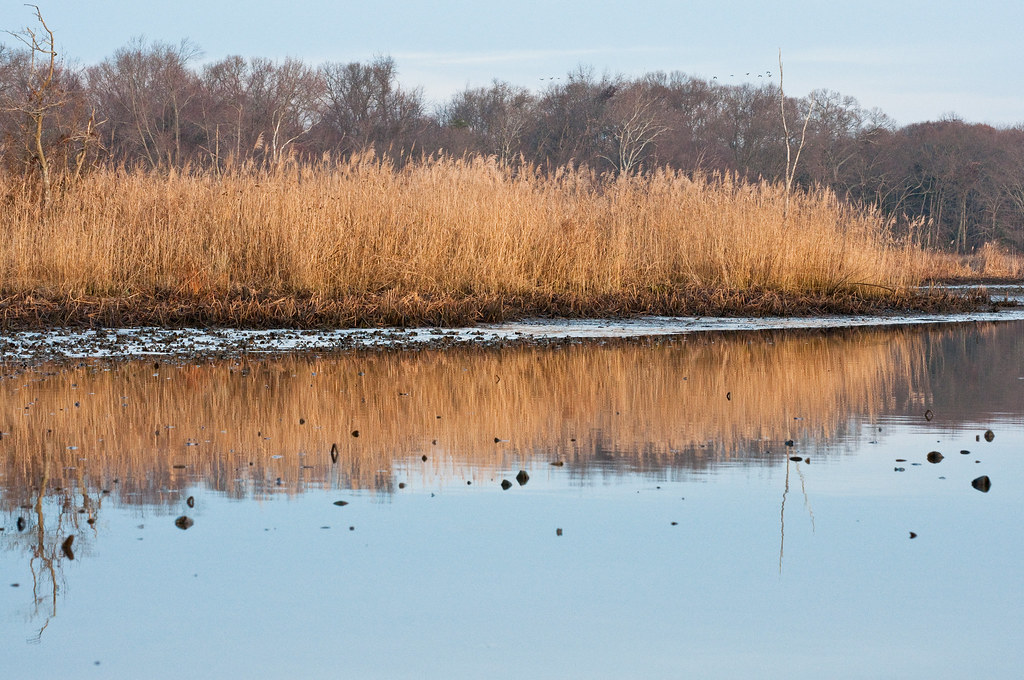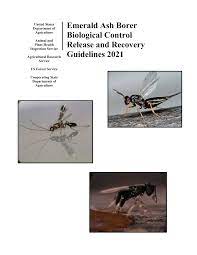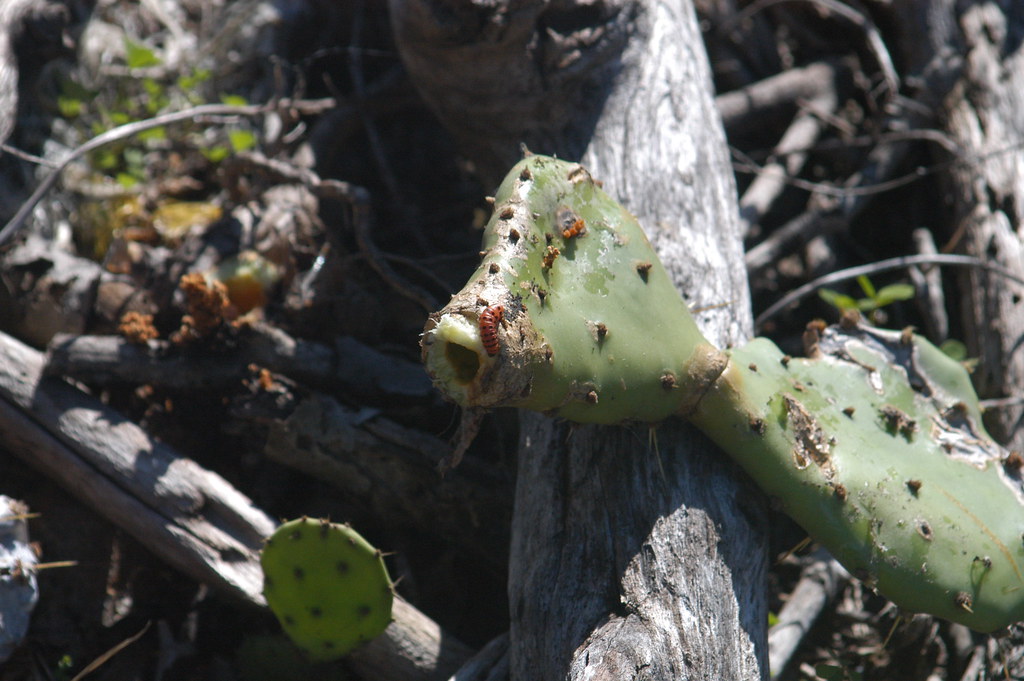APHIS has released the list of projects funded under §7721 of the Plant Protection Act in Fiscal Year 2023. Projects funded under the Plant Pest and Disease Management and Disaster Prevention Program (PPDMDPP) are intend to strengthen the nation’s infrastructure for pest detection and surveillance, identification, threat mitigation, and safeguard the nursery production system.
APHIS has allocated $62.975 M to fund 322 projects in 48 states, Guam, & Puerto Rico. ~ $13.5 M has been reserved for responding to pest and plant health emergencies throughout the year. USDA is funding ~70% of the more than 460 PPDMDPP proposals submitted.
Funding by Goal Area
- 1A – Enhance Plant Pest/Disease Analysis $2,057,174
- 1S – Enhance Plant Pest/Disease Survey $14,375,000
- 2 – Target Domestic Inspection Activities at Vulnerable Points $6,356,964
- 3 – Pest Identification and Detection Technology Enhancement $5,295,125
- 4 – Safeguard Nursery Production $2,079,119
- 5 – Outreach and Education $4,131,333
- 6 – Enhance Mitigation Capabilities $13,875,775
By my calculation (subject to error!), the total for projects on forest pests is ~$6.5 M – or a little over 10% of the total. The top recipient was survey and management of sudden oak death: ~$700,000 for research at NORS-DUC and NCSU plus detection efforts in nurseries of 14 states. Other well-funded efforts were surveys for bark beetles and forest pests (projects in 14 states); surveys for Asian defoliators (projects in 14 states); and outreach programs targetting the spotted lanternfly (10 states, plus surveys in California).
Three states (Iowa, Kentucky and Maryland) received funding for surveys targetting thousand cankers disease of walnut; two states (Kentucky and Maine) obtained funding for outreach about the risk associated with firewood. Funding for the Nature Conservancy’s “Don’t Move Firewood” campaign appears under the home state of its leader, Montana.
Massachusetts obtained funding for outreach re: Asian longhorned beetle. Ohio State received funding for developing a risk map for beech leaf disease.
Ten states received funding for no forest pest projects; I don’t know whether they sought funding for this purpose. These states are Arizona, Colorado, Florida, Hawai`i, Idaho, Minnesota, Nebraska, New Mexico, North Dakota, and Puerto Rico. The “National” funding category also contained no forest pest projects.
Looking at the overall funding level might give a somewhat skewed impression because several of the projects with total funding of ~ $500,000 are actually carried out by USDA agencies. These awards are listed under the state in which the USDA facility happens to be located. Nearly half this money ($213,000) goes to a project by an Agriculture Research Service unit in Delaware to study the efficacy of the biocontrol targetting emerald ash borer. Another $105,588 is allocated to detection of the SOD pathogen (Phytophthora ramorum) in irrigation water, undertaken – I think – at the ARS quarantine facility in Frederick, Maryland. A smaller project at a USFS research facility in Connecticut is studying egg diapause in the spotted lanternfly. The Delaware ARS unit is also pursuing biological control of the red-necked longhorn beetle (RNB) Aromia bungi, which attacks primarily stone fruits. Native to China and other countries in Asia, RNB has been intercepted in wood packaging by the U.S. and Europe; it has become established in Italy and Japan [Kim Alan Hoelmer, ARS, pers. comm.] The APHIS lab in Massachusetts is developing a light trap for detection of the Asian spongy moths Lymantria dispar.
I am intrigued that two states (Mississippi and Nevada) are conducting “palm commodity” surveys. Palms are important components of the environment in some states – although I am not certain these are the two most important!
As you might remember, I am also interested in some invaders other than forest pests. Washington has obtained $998,000 to support two projects integral to its efforts to find and eradicate the Asian (or Northern) Giant hornet. Oregon has obtained funding to carry out a survey for these hornets.
I rejoice to see that the Florida Department of Agriculture continues efforts to deploy biocontrol agents targetting the cactus moth. The Agriculture Research Service is evaluating the establishment of biocontrol agents released to counter two highly invasive plants. Re: Brazilian peppertree, I don’t question the damage it has caused in southern Florida but I have grave concerns should the psyllid and thrips reach Hawai`i. I am most distressed to see that Hawaiian Division of Forestry and Wildlife and Department of Agriculture are actively pursuing deliberate introduction of the thrips. ARS is also searching for potential biocontrol agents targetting the invasive cogongrass (Imperata cylindrica). Penn State is working on registering a soil fungus native to North America, Verticillium nonalfalfae, as a biocontrol targetting the highly invasive tree of heaven (Ailanthus).

APHIS is pursuing biocontrol for “Roseau” cane scale. This situation presents a conflict of geographic regions because the plant to be controlled is Phragmites australis. Phragmites is highly invasive in the Mid-Atlantic, Northeast, and Great Lakes states . On the Mississippi delta it is considered important in maintaining wetlands crucial to protecting the Louisiana coast from rising seas.
Finally, USDA is pursuing management tools to contain the Box Tree Moth – a threat to the most widely planted ornamental shrub.
Posted by Faith Campbell
We welcome comments that supplement or correct factual information, suggest new approaches, or promote thoughtful consideration. We post comments that disagree with us — but not those we judge to be not civil or inflammatory.
For a detailed discussion of the policies and practices that have allowed these pests to enter and spread – and that do not promote effective restoration strategies – review the Fading Forests report at http://treeimprovement.utk.edu/FadingForests.htm
or


